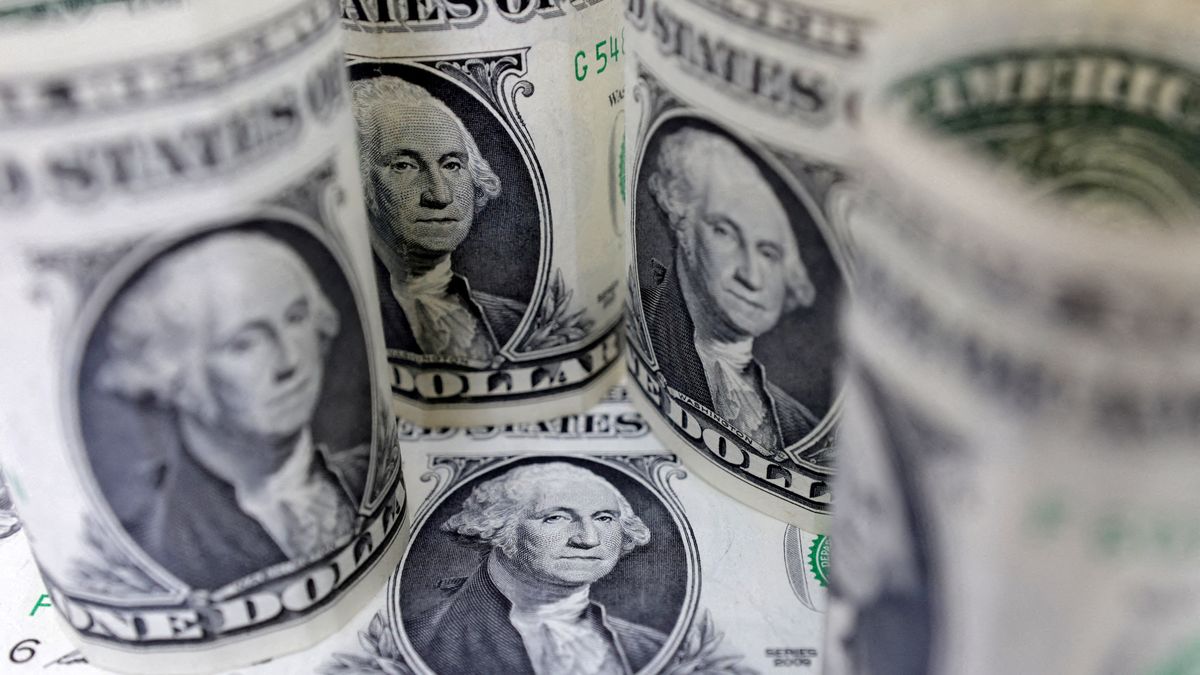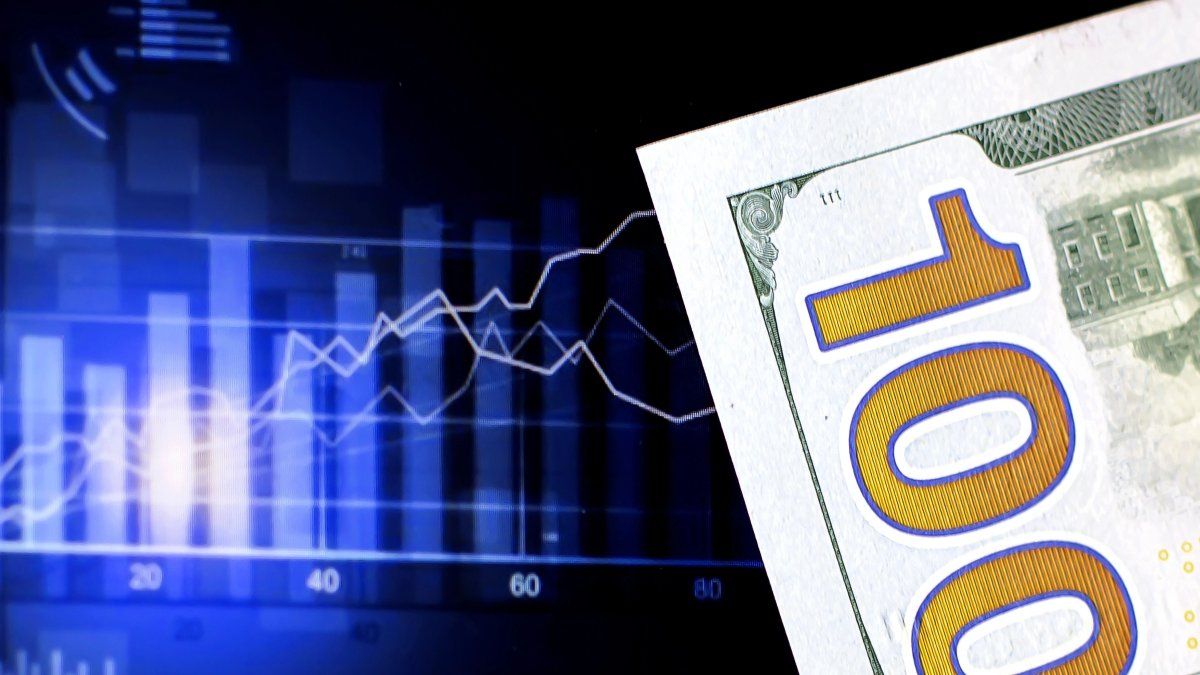I won’t say anything, but there will be signs. While Minister Luis Toto Caputo posted on the social network X against the architects of the strike that took place yesterday, On the apathetic planet of the dollar, there were some trajectories that have begun to cross the green vault.
We will mention two, or better three, if the reader feels interested in the task of collecting samples and sending them to the laboratory. The first, the Bopreal placement of the last hours. The second evidence, a certain statement by an important Economy official that in the last hours seemed to spark a stir of uncertainty. The third, an unexpected confession by a high-level official of an American capital company tied to the IMF. What direction can the dollar take in real terms? How cheap or expensive can it be compared to the rest of the goods and services in the economy? What message does the Government send during these hours?
Give me 2 even if it’s more expensive. Dollar.
Quick summary. Signs. Yesterday the BCRA placed US$1,709 million of Series 3 of the Bonds for the Reconstruction of a Free Argentina (BOPREAL). The idea was to give a window of opportunity to companies and entities that sought to transfer profits and/or dividends abroad. Of the total composition of what was tendered, only US$69 million corresponded to companies with debts for imports and US$1,640 million was for the transfer of profits to non-residents. The fact, let’s look for a red pencil to highlight, is that the companies preferred to validate a dollar of $1,350 today rather than wait for the stocks to be lifted and assimilating a path of appreciation that has the bill at $890. Why do banks and foreign companies think it is better to pay it at those levels? Santander, Galicia, Macro and BBVA informed the Stock Exchange this week that the BCRA authorized them to distribute profits for a total of 1.1 trillion pesos. Since the Bopreal pay the PAIS tax, the implicit exchange rate of Series 3 in the primary against pesos and selling them in the secondary against dollars is around 1,350 pesos per dollar.
There will be no devaluation, gentlemen. Sell.
Let’s go to point two. Declarationism of Juan Pazo, the undersecretary of Economy. What did this man say in the hypothesis that some representatives of the grain market were listening to him attentively? At the closing of the first edition of “A Todo Trigo”, which took place in the city of Mar del Plata, he said: “There is an expectation of consistent exchange rate appreciation, which will leave the exchange rate close to the floor of $550 or $600. The rate probably beats the dollar and it is more convenient to invest in pesos than wait for devaluation”, warned the Secretary of Planning, perhaps weighing that value in real terms, going forward. The official said that the idea is to “organize the macroeconomy” first because, if that is not achieved, “the risk is to return to the previous situation,” referring to governments that validate interventionist policies. To put it bluntly, It could be thought that the Government seeks the induction operation so that the field liquidates and for that reason maintains the interest rate surcharge for producers (of those who do not want to sell their soybeans). On the other hand, discrimination does not apply to taking bank or commercial loans in dollars, which is what the Treasury Palace is looking for, since Pazo himself said that “with current rates it may be convenient to finance yourself in dollars and that does not inhibit the ability to retention of soybeans from producers.”
Pay the electricity, please. IMF and other herbs.
However, there is another obligatory reference. Within the framework of the energy seminar organized by LIDE, a statement was slipped in that, in translation, here it goes: The International Monetary Fund (IMF), the United States embassy, the Department of State and the Department of Energy of that country expressed their concern about the “rupture of energy contracts” in Argentina, after the national government offered the energy generators a 50% write-off of the debt of almost US$1,000 million and to pay the rest with bonds. This was stated by the president of AES Argentina, Martin Genesioin the midst of the controversy between the Government and the electricity generators, after the Ministry of Energy of Eduardo Rodríguez Chirillo will implement the payment of the debt for subsidies with the AE38 bond, which implies a 50% reduction according to the companies. The businessman publicly revealed that received calls from the IMF and different areas of the United States government to ask about the impact on energy companies of Resolutions 58 and 66which was already rejected by the Association of Electric Energy Generators of the Argentine Republic (AGEERA). “They called us and asked us what is happening. In my personal opinion, breaking a contract is a very bad sign. My expectation is that it can be solved in another way and previous agreements are not broken.”said Genesio.
Thus, while the Government seeks to obtain cheap dollars, the banks secure those dollars but at $1,350 and the expectation that the IMF will inject more banknotes into the BCRA is receding as a result of the warnings about the way in which the Government has obtained the fiscal surplus, something that is demanded not only for reasons of common sense – the 35% adjustment in pensions – but also because of the “contracts” that the Government seems to want to break.
Source: Ambito




